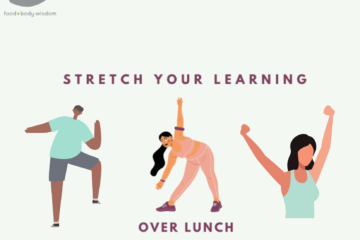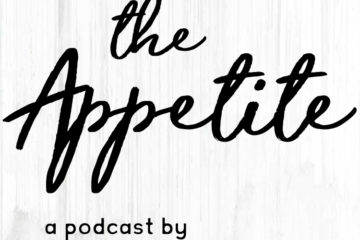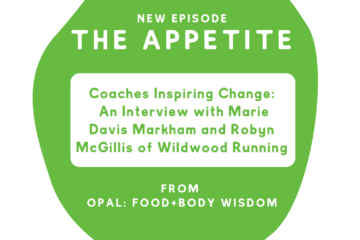The training will be June 25th -29th, from 9am – 5pm each day, with an hour break for lunch at noon and two 15-minute breaks- once in the morning and once in the afternoon. There are several area restaurants to choose from for lunch. The training will conclude Sunday afternoon at 4pm.
Learning Objectives:
I. Regarding HAES Theory/Weight Science, participants will be able to:
1) Describe the tenets of Health at Every Size (HAES), a weight neutral approach to health improvement.
2) Identify and critically evaluate the evidence that underlies HAES.
3) Identify and critically evaluate the evidence that underlies the conventional weight-based paradigm for health improvement.
4) Explain the ethical issues raised by weight-focused interventions and HAES.
II. Regarding Weight Bias, Healthism and Social Justice, participants will be able to:
5) Define weight bias, recognize examples, and understand it prevalence.
6) Define healthism, recognize examples, and understand it prevalence.
7) Define thin privilege, recognize examples, and understand its prevalence.
8) Assess the cultural significance of weight bias, healthism, privilege, the status syndrome, their social cost and health impact.
9) Explain what is meant by stereotyping and scapegoating.
10) Identify how weight bias and thin privilege affect them personally, as an agent and victim.
11) Critique how the maxim ‘the personal is the political’ is relevant to HAES.
12) Identify strategies for promoting size awareness and minimizing weight bias.
III. Regarding HAES Practice/General Principles, participants will be able to:
13) Utilize evidence-based practice when addressing concerns about weight and health in their work.
14) Apply HAES General principles to engage and inspire clients in critical thinking.
15) Communicate principles to enhance people’s understanding about their body’s internal regulation.
16) Design a framework for assessment that enables them to identify appropriate points of intervention.
17) Develop and prepare effective communication strategies to empower others to transition from a weight-focused paradigm to Health at Every Size.
18) Apply knowledge to engage and inspire clients in adopting Health at Every Size.
19) Utilize skills to support others to rely on their own narratives and body knowledge.
20) Discuss effective communication strategies to empower others to identify and minimize weight bias and to identify thin privilege and its responsible use.
21) Gain confidence in discussing body size.
22) Enable others to make connections between how they feel about themselves and how they consequently treat themselves.
IV. Regarding HAES Practice/Inspiring Health Habits, participants will be able to:
23) Explain the fundamentals of eating, nutrition and wellbeing from a relational perspective.
24) List techniques to teach intuitive eating and create a safe space for people to discuss their issues around food.
25) Describe how to help people identify different motivations to eat (e.g., physical hunger and emotional hunger).
26) Describe how to help people respond effectively to hunger that is mainly of physical origin.
27) Describe how to help people respond effectively to emotional hungers.
28) Describe how to help people explore how their moods affect what they choose to eat and their response to this.
29) Identify the vocabulary of diet mentality thinking, and recognize this in your clients.
30) Teach concepts of active living/ realistic fitness within a HAES paradigm.
31) Enumerate the health benefits of physical activity.
32) Discuss how to enhance body respect.
33) Demonstrate how to explore emotional responses to size acceptance using the grief process.
V. Regarding Personal Resilience, participants will be able to:
34) Clarify their commitment to HAES principles and the value of their work.
35) Describe the value of authentic presence and appropriate boundaries in their work.
36) Acknowledge their strengths, their self-efficacy, and their ability to positively influence others and make a difference.
37) Develop confidence in their ability to meet challenges.
38) Accept their limitations in being able to control outcome.
39) Identify personal biases and fears that may be barriers to implementing these approaches.
40) Describe strategies to further enhance their personal resilience.


